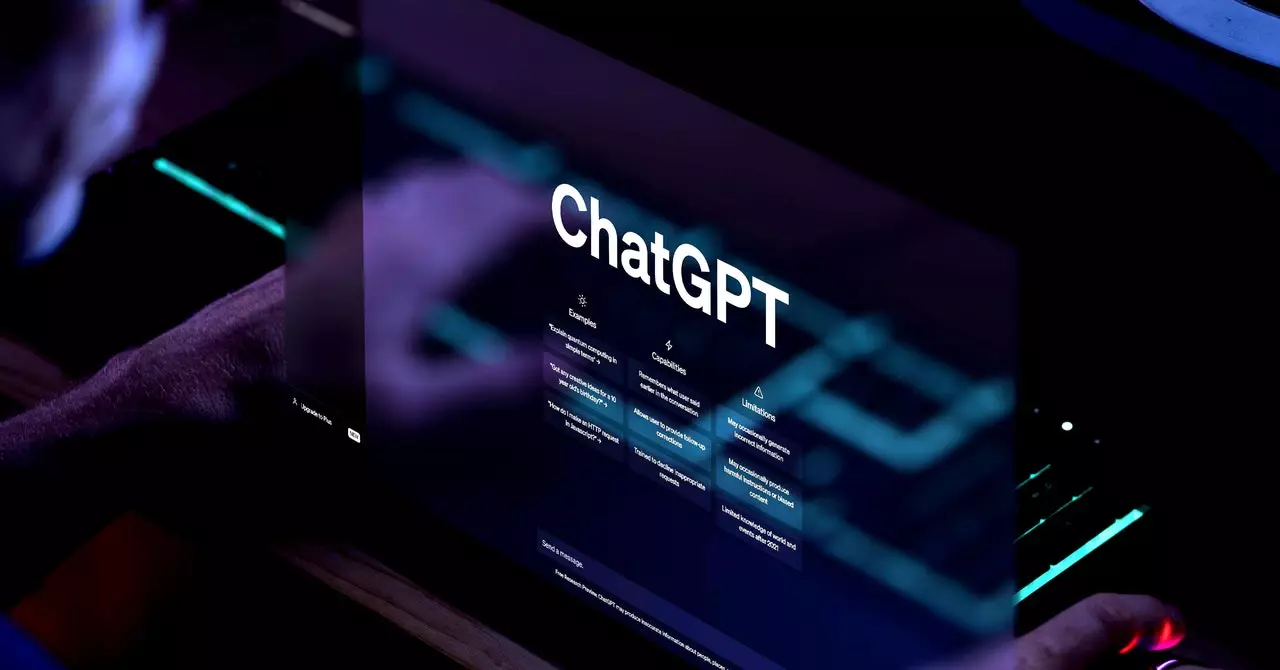In response to criticisms and concerns raised by former employees regarding the potential risks associated with their artificial intelligence technology, OpenAI has recently published a research paper to demonstrate their commitment to addressing AI risk. The paper delves into a method developed by researchers at the company to gain insight into the inner workings of the AI model that powers ChatGPT. This approach aims to identify how the model stores various concepts, including those that could potentially lead to undesirable behavior.
The research conducted by OpenAI’s now disbanded “superalignment” team sheds light on the intricate process of exploring the AI model’s functionality. By focusing on the long-term risks associated with AI technology, the team, which included former co-leads Ilya Sutskever and Jan Leike, has contributed significantly to the development of this innovative technique. Both Sutskever and Leike, who have since departed from OpenAI, are credited as coauthors of the research paper, underscoring the caliber of expertise involved in this endeavor.
The Complex Nature of Large Language Models
ChatGPT, which operates on the GPT family of large language models, relies on artificial neural networks as the foundation for its machine learning capabilities. While these networks have proven to be highly effective in learning tasks from data examples, their inherent complexity poses challenges in understanding their decision-making processes. Unlike traditional computer programs, the inner workings of neural networks remain largely opaque, making it difficult to interpret the rationale behind the AI system’s responses.
Mitigating AI Risks through Interpretability
One of the primary concerns raised by AI experts is the potential misuse of powerful AI models for developing weapons or orchestrating cyberattacks. OpenAI’s latest research paper introduces a novel approach to enhance interpretability within machine learning systems by identifying patterns that correspond to specific concepts. This method aims to shed light on the underlying structure of AI models, paving the way for mitigating undesired outcomes by gaining insights into their decision-making processes.
By leveraging advanced techniques to extract meaningful patterns within AI models, OpenAI’s research provides a glimpse into the inner workings of GPT-4, one of their most extensive AI models. The release of code related to interpretability and a visualization tool underscores the company’s commitment to transparency and accountability in AI development. Understanding how AI models represent different concepts enables researchers to fine-tune these systems, mitigating potential risks and aligning them with intended objectives.
OpenAI’s unveiling of a new approach to enhancing AI model interpretability represents a significant step towards fostering responsible AI development practices. By addressing the challenges associated with understanding complex neural networks, the company is striving to build trust and confidence in the deployment of AI technologies. The groundbreaking research not only showcases OpenAI’s dedication to AI risk mitigation but also sets a precedent for fostering collaboration and innovation within the AI community.


Leave a Reply